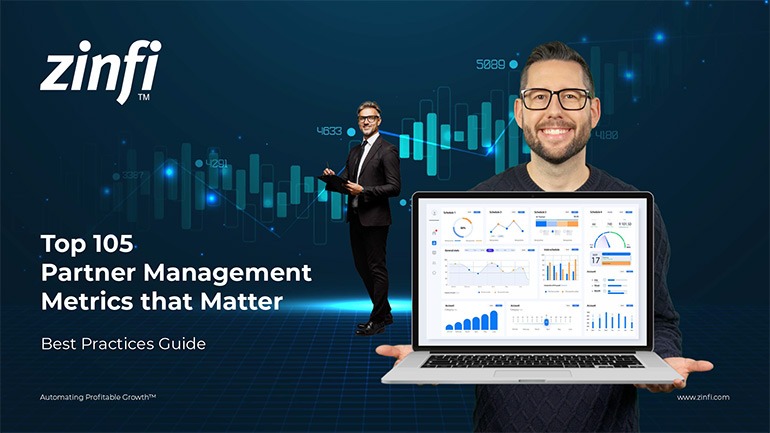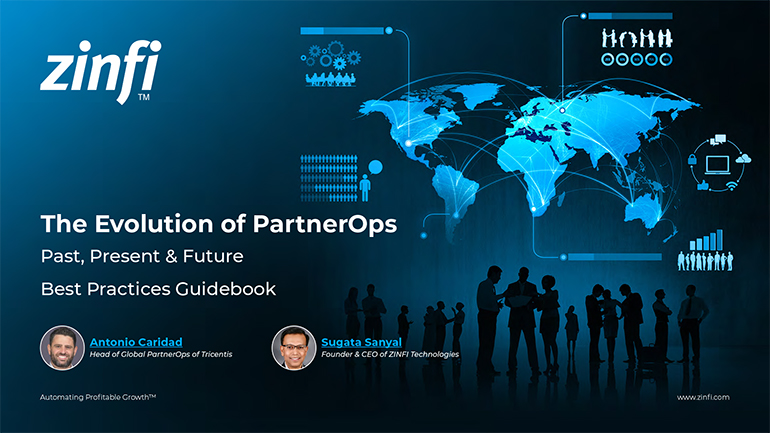Glossary - How to - PRM Software for Business Growth
How to Select PRM Software for Business Growth?
Introduction
Understanding PRM Software and Its Role in Business Growth
Partner Relationship Management (PRM) software is critical for businesses looking to streamline their channel partner operations. PRM software provides a centralized platform to manage partner relationships, track performance, and enhance collaboration. Selecting the right PRM software leads to increased revenue, improved partner engagement, and streamlined operations.
With the rapid digital transformation of businesses, organizations require robust PRM solutions to stay competitive. Companies that leverage PRM software can automate key partner processes, ensuring efficiency and scalability. This guide will explore ways to select the best PRM software to drive business growth.
Key Takeaways:
Define Your Business Goals and PRM Requirements:
Before selecting PRM software, defining your business objectives and requirements is essential. Consider the following:
- Business Growth Goals: Are you looking to expand your partner network, improve collaboration, or enhance partner engagement?
- Key Functionalities: Features like partner onboarding, lead distribution, deal registration, and analytics are essential.
- Scalability: Ensure the software can grow with your business and adapt to evolving needs.
- User-Friendliness: A user-friendly interface will encourage partner adoption and reduce training time.
Evaluate PRM Software Features:
The right PRM software should include essential features to support your business growth, such as:
- Partner Onboarding Automation: Streamline the process of adding new partners.
- Content Management System (CMS): Provide easy access to training materials and marketing resources.
- Lead & Deal Management: Enable partners to register deals and manage leads efficiently.
- Performance Analytics: Gain insights into partner performance and optimize strategies.
- Integration Capabilities: Ensure compatibility with existing CRM, ERP, and marketing automation tools.
Assess Integration and Compatibility:
Selecting PRM software that integrates with your current tech stack is crucial. Consider the following:
- CRM Integration: Ensure seamless data sharing between PRM and CRM systems.
- Marketing Automation: Synchronize marketing campaigns for a unified approach.
- Third-Party APIs: Support for APIs allows customization and scalability.
Evaluate Security and Compliance Standards:
Security is a top priority when selecting PRM software. Look for:
- Data Encryption: Ensures secure partner communications and data storage.
- Role-Based Access Control (RBAC): Restricts access to sensitive data.
- Compliance Standards: Ensure the software meets industry regulations such as GDPR and SOC 2.
Consider Cost, ROI, and Vendor Support:
Budget plays a significant role in PRM software selection. When evaluating options, consider:
- Total Cost of Ownership (TCO): Factor in setup, licensing, and maintenance costs.
- Return on Investment (ROI): Assess potential revenue growth and operational efficiency.
- Vendor Support: Reliable customer support and regular updates ensure long-term success.
Summary of Key Takeaways:
Selecting the right PRM software requires careful consideration of business goals, software features, integration capabilities, security measures, and overall cost-effectiveness. Businesses should prioritize solutions that offer scalability, user-friendly interfaces, and strong vendor support. Investing in the right PRM software enhances partner relationships, improves operational efficiency, and drives long-term business growth.
Key Examples:
- Automotive Manufacturing: PRM software helps manufacturers streamline their dealer network, ensuring seamless communication and efficient lead management.
- Consumer Electronics: Tech companies use PRM solutions to enhance reseller engagement and track sales performance.
- Energy Production: Energy firms rely on PRM to manage distributor partnerships and ensure regulatory compliance.
- Financial Services: Financial institutions use PRM to oversee their broker network, improving compliance and sales tracking.
- Food and Beverage: Brands leverage PRM software to maintain relationships with distributors and retailers, ensuring product availability.
- Healthcare Services: Healthcare providers use PRM to manage pharmaceutical and medical device distribution networks.
- Information Technology: IT companies employ PRM to coordinate VARs (Value-Added Resellers) and system integrators.
- Pharmaceutical Development: PRM software supports the pharmaceutical industry by facilitating compliance and partner engagement.
- Retail Industry: Retailers optimize supply chain management and franchise operations through PRM solutions.
- Telecommunications: Telecom companies use PRM for efficient channel partner management and service deployment.
Conclusion:
Selecting the right PRM software is essential for business growth. Organizations can make informed decisions by defining goals, assessing features, ensuring integration, evaluating security, and considering cost. Implementing the right PRM solution enhances partner relationships, streamlines operations, and drives revenue growth.
Associated Keywords:
- PRM Software Features
- PRM Software Selection Guide
- Best PRM Software for Business Growth















